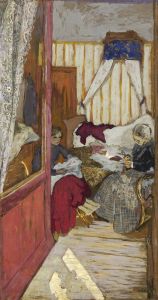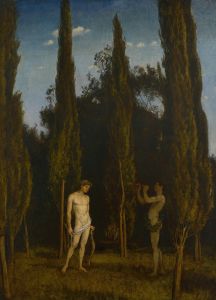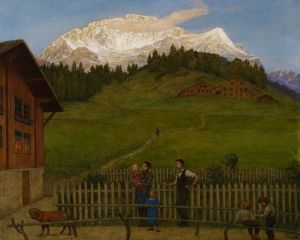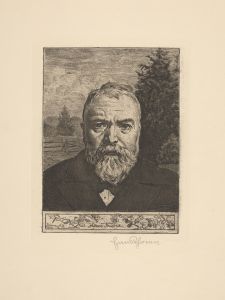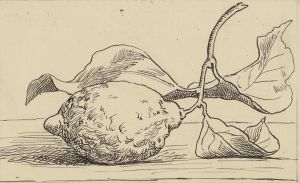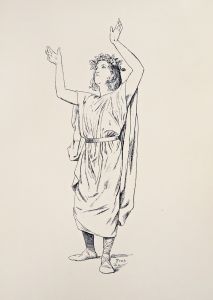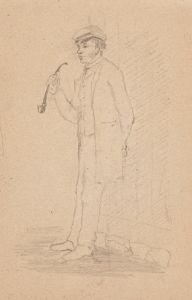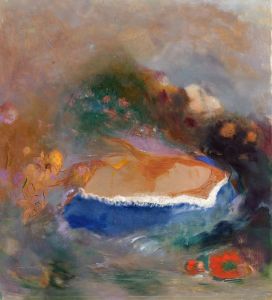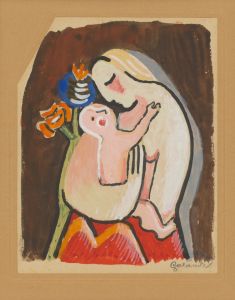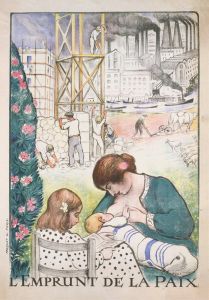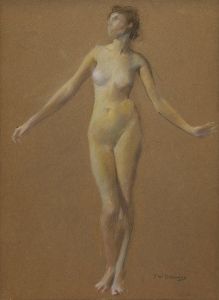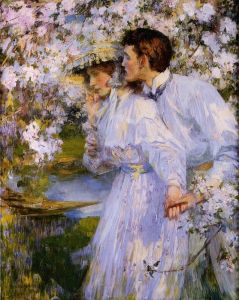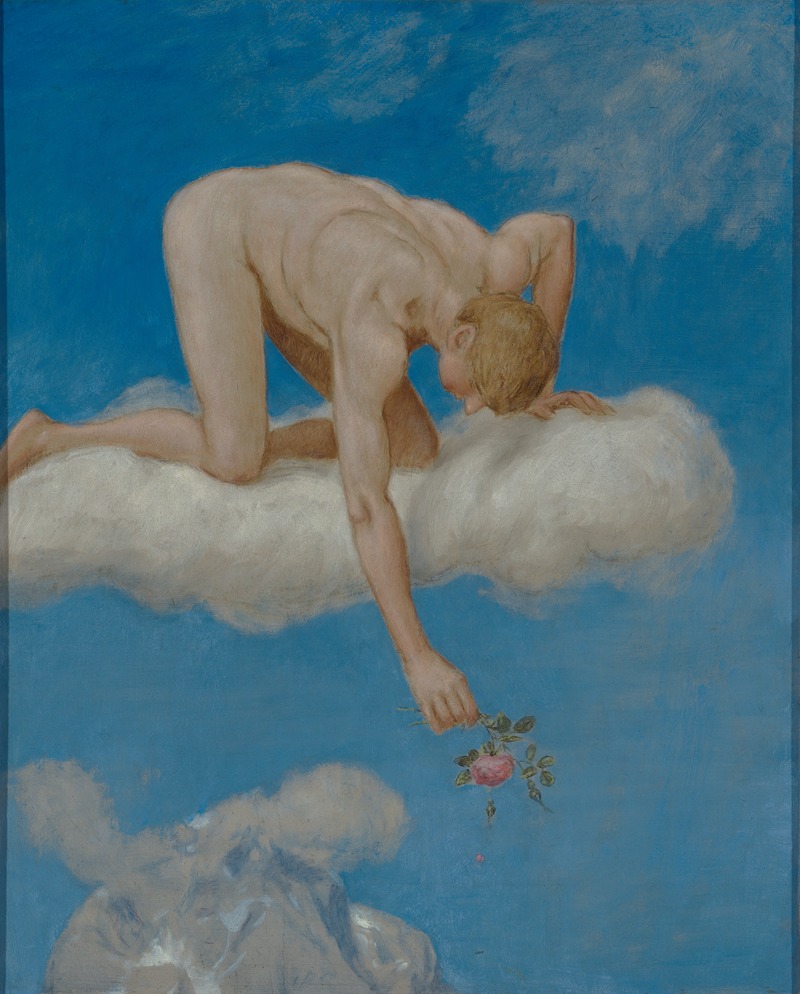
Juni
A hand-painted replica of Hans Thoma’s masterpiece Juni, meticulously crafted by professional artists to capture the true essence of the original. Each piece is created with museum-quality canvas and rare mineral pigments, carefully painted by experienced artists with delicate brushstrokes and rich, layered colors to perfectly recreate the texture of the original artwork. Unlike machine-printed reproductions, this hand-painted version brings the painting to life, infused with the artist’s emotions and skill in every stroke. Whether for personal collection or home decoration, it instantly elevates the artistic atmosphere of any space.
Hans Thoma was a German painter born on October 2, 1839, in Bernau in the Black Forest, and he became one of the most significant artists of the 19th century in Germany. Known for his landscapes and portraits, Thoma's work often reflects a blend of realism and romanticism, capturing the essence of the German countryside and its people. One of his notable works is the painting titled "Juni," which translates to "June" in English.
"Juni" by Hans Thoma is a representation of the artist's ability to capture the serene beauty of nature and the subtle emotions of his subjects. Although specific details about the painting "Juni" are limited, Thoma's style during the period when he created this work is well-documented. His paintings often feature lush landscapes, idyllic scenes, and a harmonious interplay between humans and nature. Thoma's work is characterized by a meticulous attention to detail and a vibrant yet naturalistic use of color, which brings his scenes to life.
The painting "Juni" likely embodies these characteristics, showcasing Thoma's skill in portraying the tranquil beauty of the natural world. His works from this period often depict scenes from the Black Forest, where he was born and raised, and they reflect his deep connection to the landscape and culture of the region. Thoma's art is known for its clarity and precision, often evoking a sense of peace and nostalgia.
Hans Thoma was influenced by various art movements and artists throughout his career. He studied at the Karlsruhe Academy of Fine Arts and later in Düsseldorf, where he was exposed to the Düsseldorf School of painting, known for its detailed and realistic style. Thoma also spent time in Paris, where he encountered the works of Gustave Courbet and the Barbizon School, which further influenced his approach to landscape painting.
Throughout his career, Thoma remained committed to his unique vision, often drawing inspiration from German folklore and mythology. His works are imbued with a sense of timelessness, capturing the essence of the natural world and the human experience within it. Thoma's paintings, including "Juni," are celebrated for their ability to convey a deep sense of place and emotion, resonating with viewers on a personal level.
In addition to his landscapes, Thoma was also known for his portraits and genre scenes, which often feature figures in harmonious settings, reflecting his belief in the unity of man and nature. His work gained recognition during his lifetime, and he became a prominent figure in the German art scene. Thoma served as the director of the Kunsthalle Karlsruhe and was a member of the Berlin Secession, a group of artists who sought to challenge the traditional art establishment.
Hans Thoma's legacy continues to be celebrated today, with his works held in major collections and museums across Germany and beyond. "Juni," like many of his paintings, exemplifies his mastery of technique and his ability to capture the beauty and tranquility of the natural world. Through his art, Thoma invites viewers to pause and appreciate the simple yet profound beauty of the world around them.





